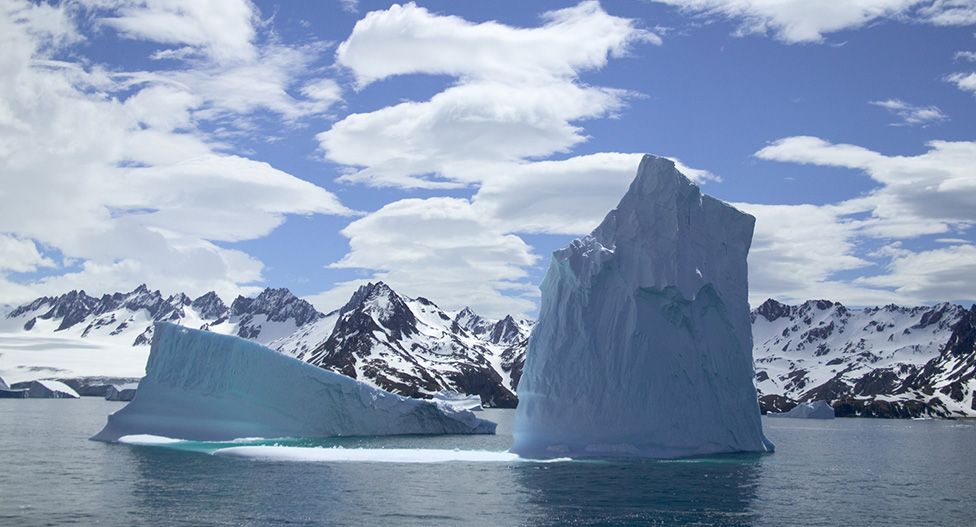World’s biggest iceberg, known as A68a, is bearing down on the British Overseas Territory of South Georgia.
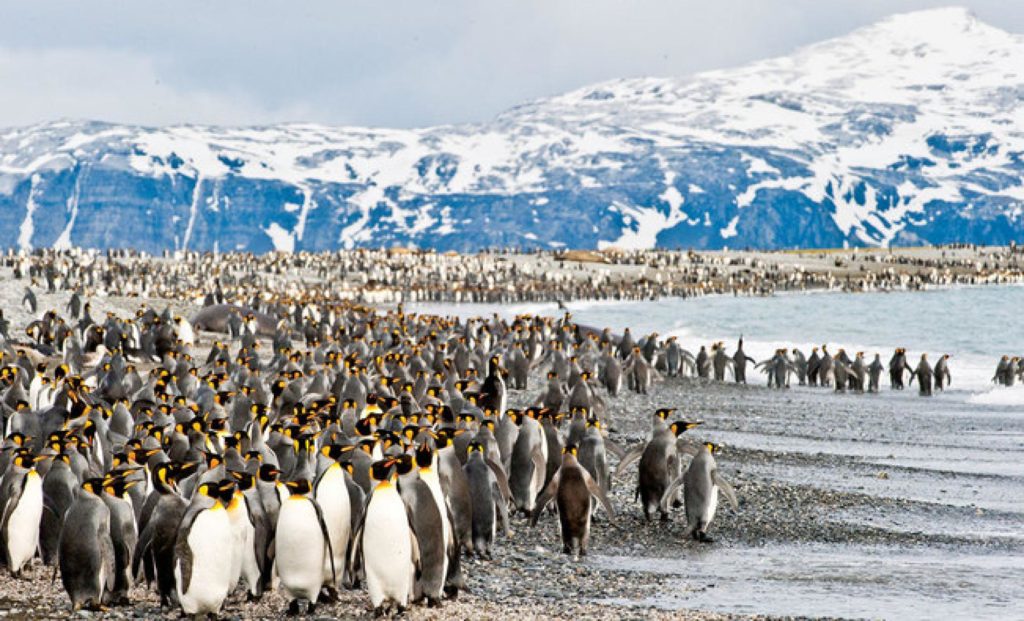
The following written content from Shivani Kumar
According to the findings, the iceberg has been travelling thousands of kilometers from the Larsen C ice shelf, in Antarctica, since 2017 and now is around at a distance of 120 km from South Georgia.
Scientists are expecting a massive A-68A iceberg to strike land this month inflicting havoc near South Georgia Island.
According to the findings, the iceberg has been travelling thousands of kilometers from the Larsen C ice shelf, in Antarctica, since 2017 and now is around at a distance of 120 km from South Georgia.
“If it remains on its current path, the iceberg could ground in the shallow waters offshore, threatening wildlife, including penguins and seals,” researchers told.
Scientists have been keeping an eye on the activities of the berg on its journey for the past three years through satellite missions. One of the missions, the Copernicus Sentinel-1 radar mission, has proven to be significant in mapping the polar regions in winter, with its ability to see through clouds and the dark.
The following written content from Jonathan Amos
The Antarctic ice giant is a similar size to the South Atlantic island, and there’s a strong possibility the berg could now ground and anchor itself offshore of the wildlife haven.
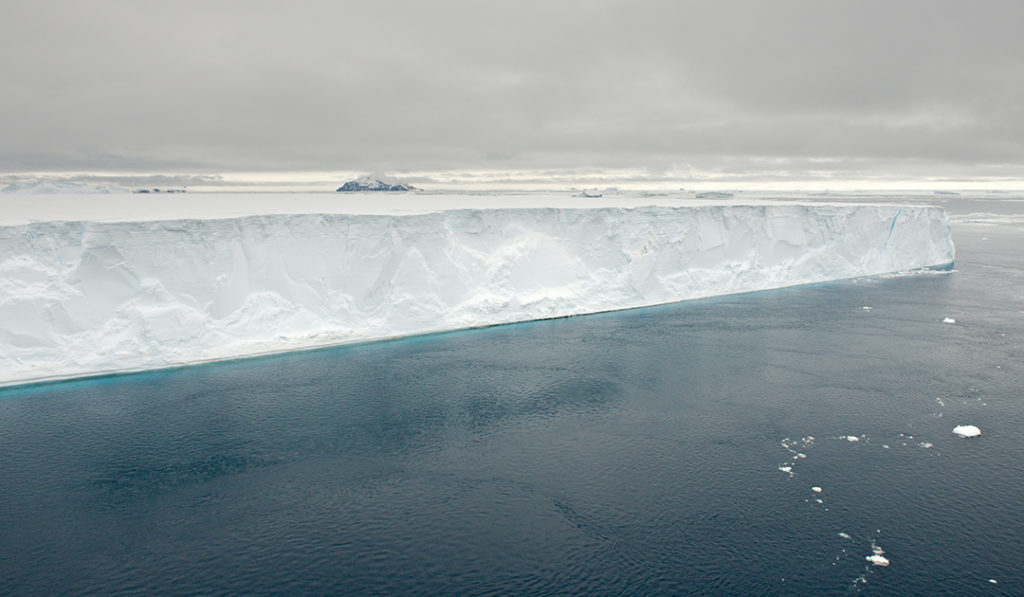
If that happens, it poses a grave threat to local penguins and seals.
The animals’ normal foraging routes could be blocked, preventing them from feeding their young properly.
And it goes without saying that all creatures living on the seafloor would be crushed where A68a touched down – a disturbance that would take a very long time to reverse.
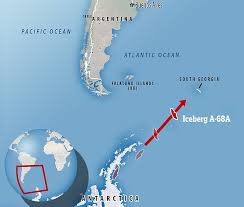
“Ecosystems can and will bounce back of course, but there’s a danger here that if this iceberg gets stuck, it could be there for 10 years,” said Prof Geraint Tarling from the British Antarctic Survey (BAS).
“And that would make a very big difference, not just to the ecosystem of South Georgia but its economy as well,” he told BBC News.
The British Overseas Territory is something of a graveyard for Antarctica’s greatest icebergs.
These tabular behemoths get drawn up from the White Continent on strong currents, only for their keels to then catch in the shallows of the continental shelf that surrounds the remote island.
Time and time again, it happens. Huge ice sculptures slowly withering in sight of the land.
A68a – which has the look of a hand with a pointing finger – has been riding this “iceberg alley” since breaking free from Antarctica in mid-2017. It’s now just a few hundred km to the southwest of the BOT.
Roughly the size of the English county of Somerset (4,200 sq km), the berg weighs hundreds of billions of tonnes. But its relative thinness (a submerged depth of perhaps 200m or less) means it has the potential to drift right up to South Georgia’s coast before anchoring.
“A close-in iceberg has massive implications for where land-based predators might be able to forage,” explained Prof Tarling.
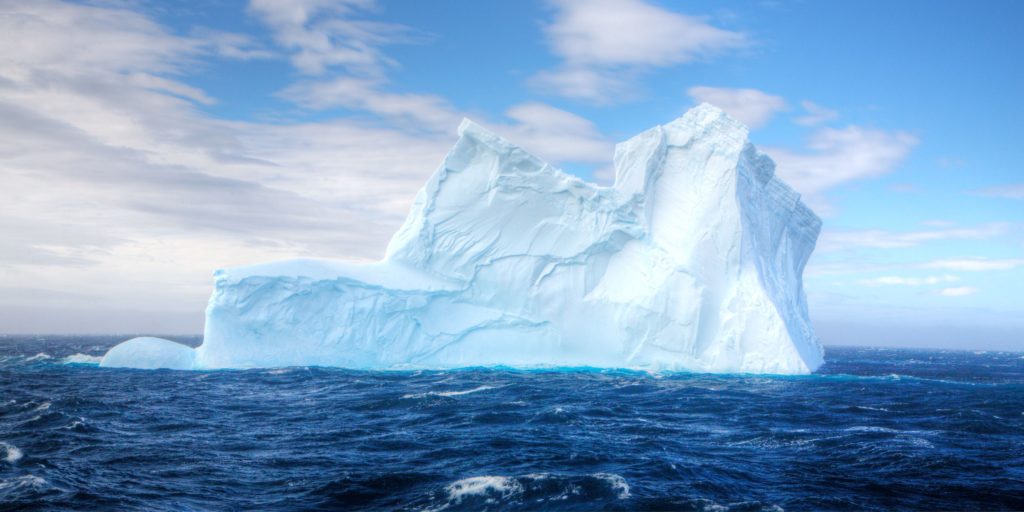
“When you’re talking about penguins and seals during the period that’s really crucial to them – during pup- and chick-rearing – the actual distance they have to travel to find food (fish and krill) really matters. If they have to do a big detour, it means they’re not going to get back to their young in time to prevent them starving to death in the interim.”
When the colossus A38 grounded at South Georgia in 2004, countless dead penguin chicks and seal pups were found on local beaches. Read more from BBC
Read similar news stories from News Without Politics
Subscribe to News Without Politics

